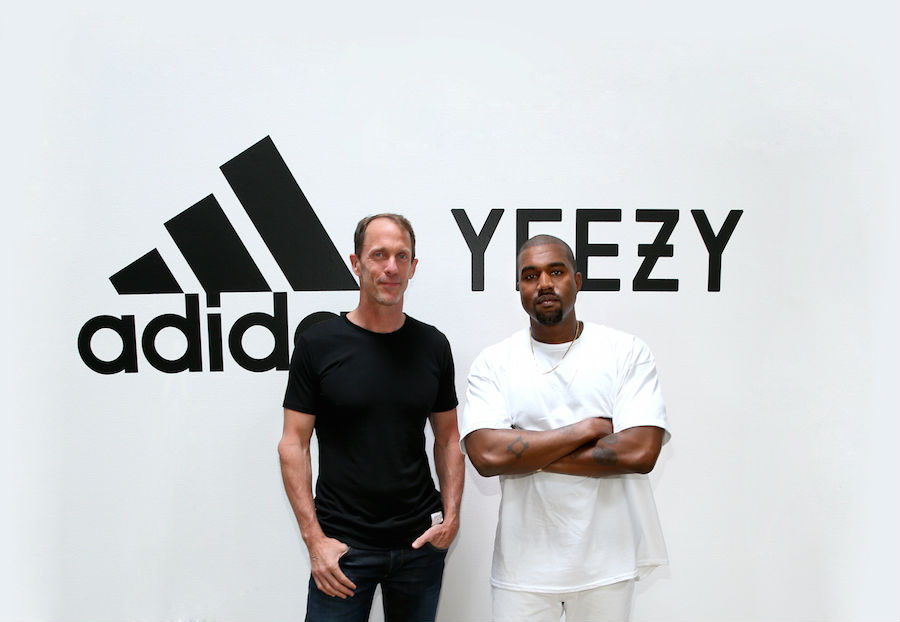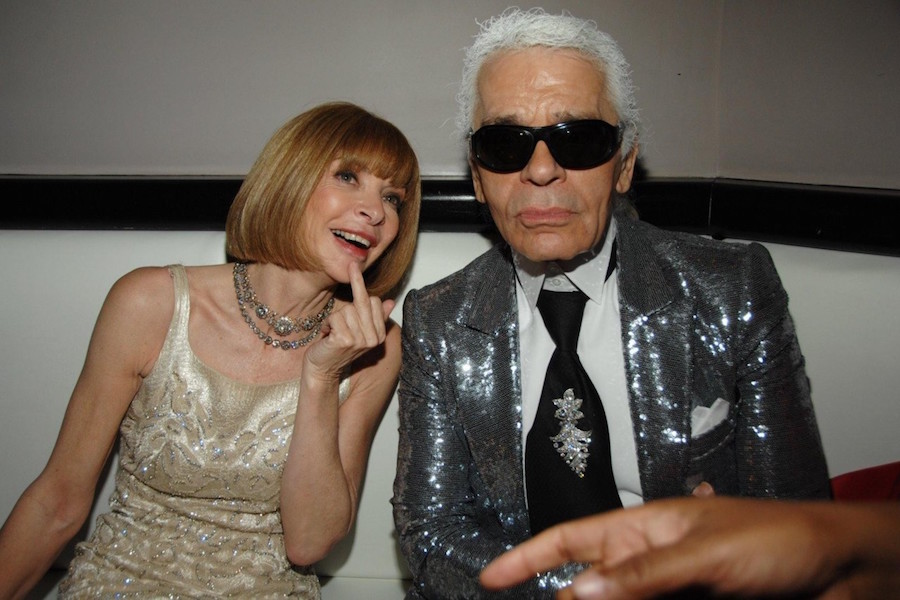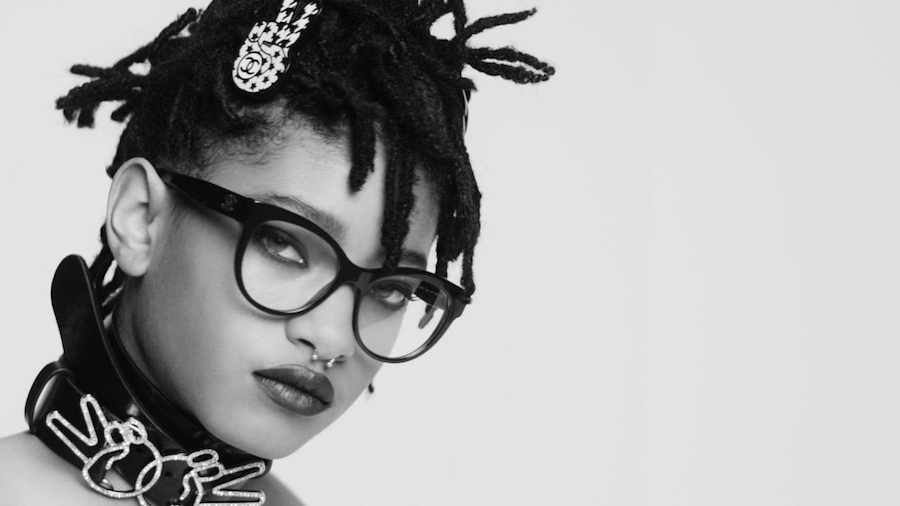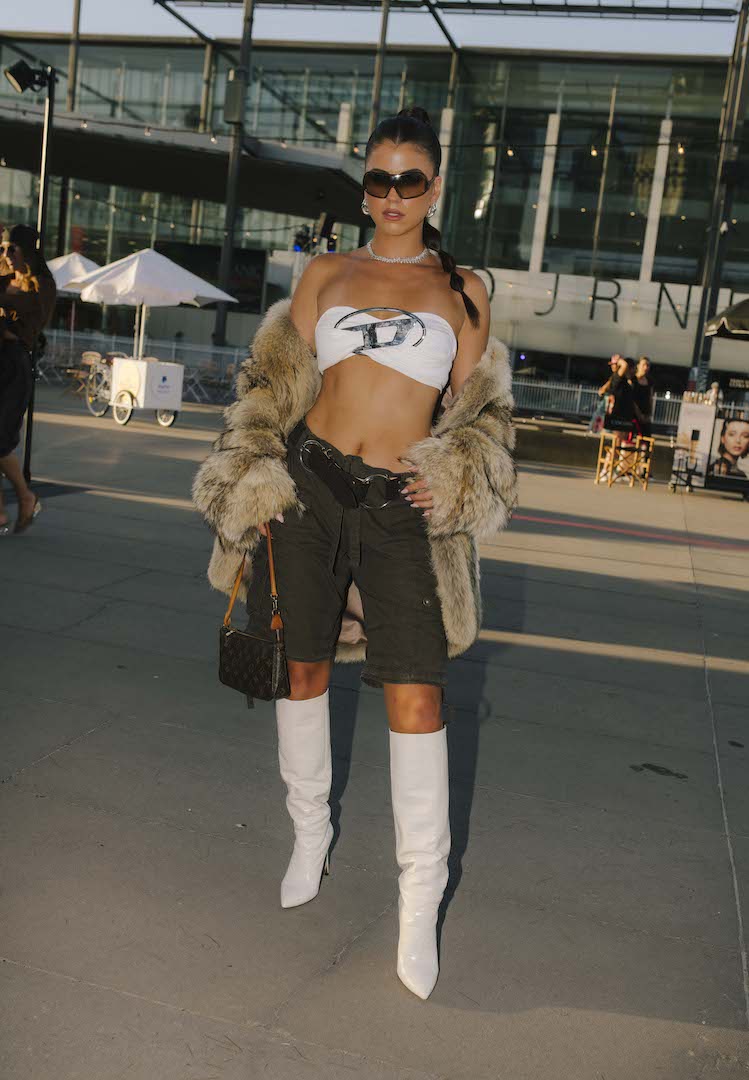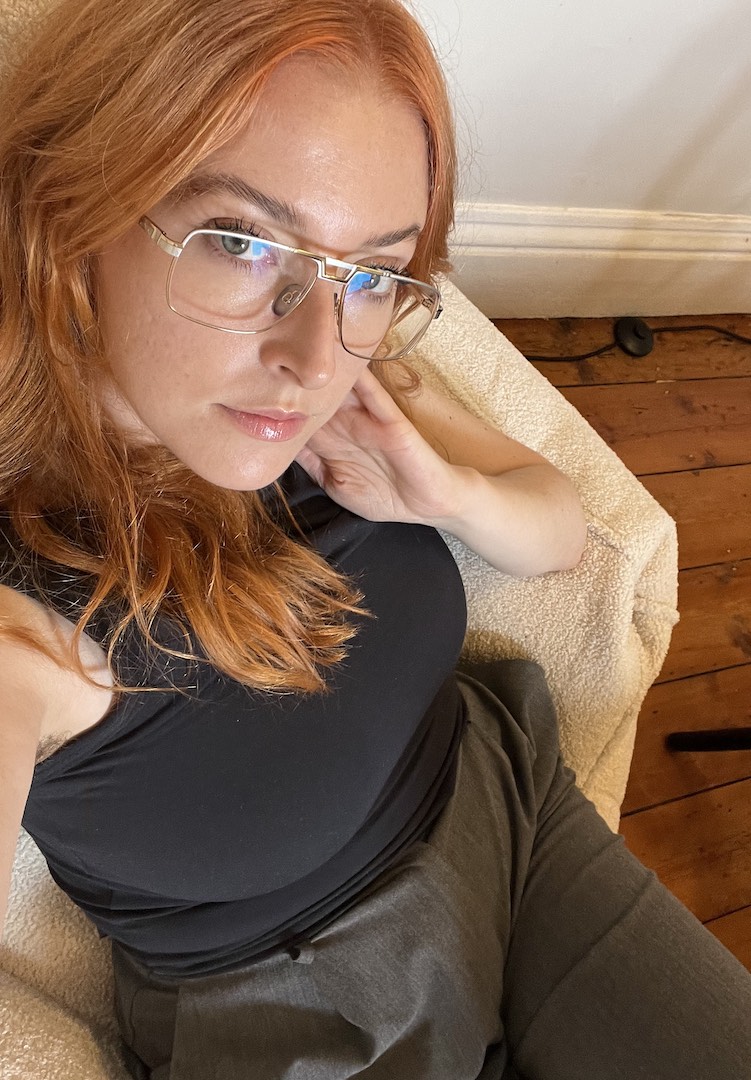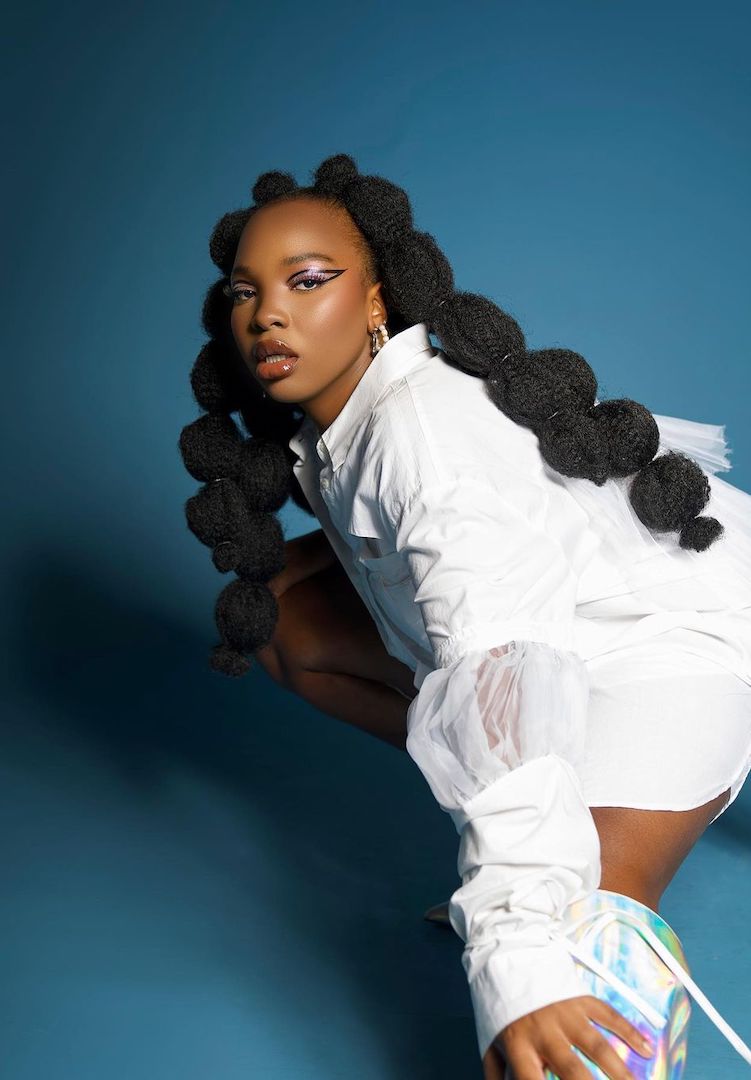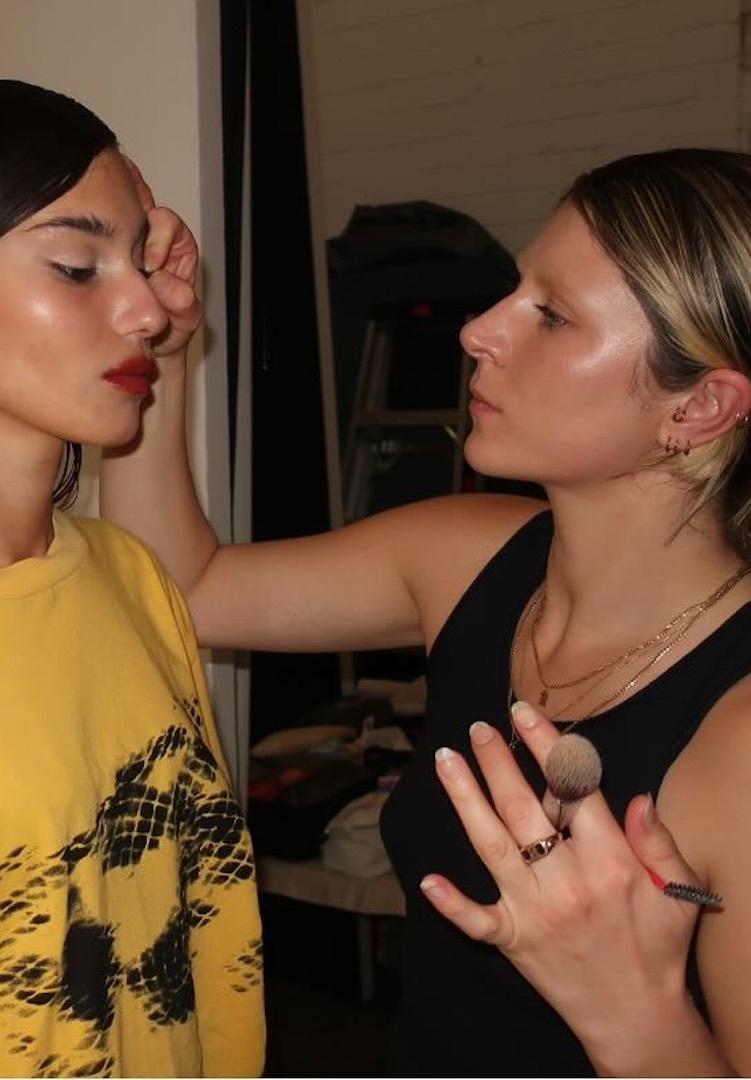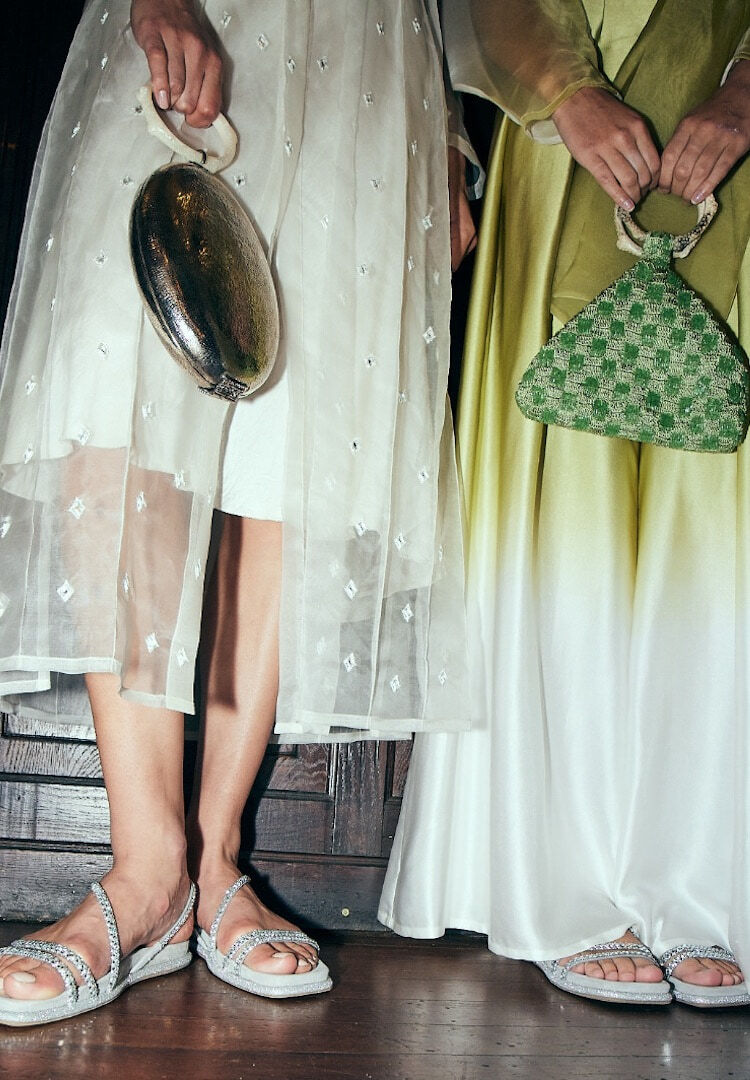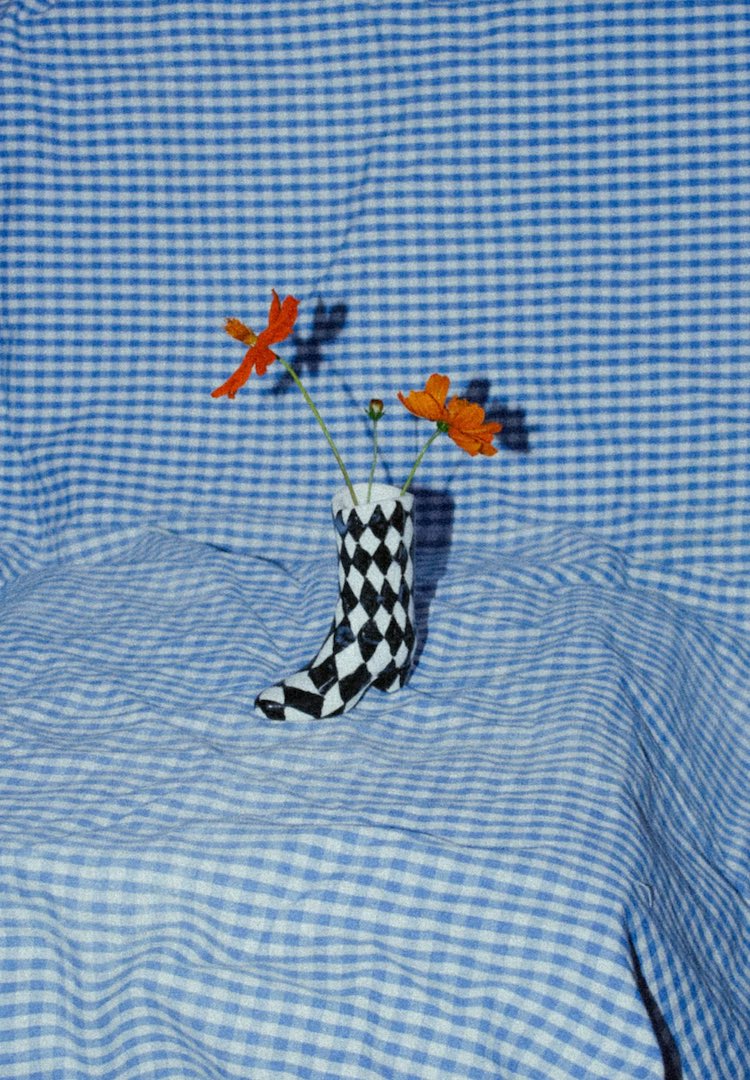Does fashion have an accessibility problem?
How should we be embracing inclusion?
Before I ever got involved, I found myself at odds with the fashion industry. It was a mystical wonderland that felt foreign to me. Ironic given that I’m a tall, thin gay man.
Accompanying my sister to my first ever fashion show, I felt strangely out of place. I was not well dressed, nor did I know any of the designers. The waiting crowds of dolled-up couture connoisseurs left me feeling like a trespasser.
I was Andy Sachs in The Devil Wears Prada. A film that, coincidentally, celebrates its 10th anniversary this year.
I wasn’t sure what you were all fussing about. The hype felt bizarre. You were all a gasping Emily, and I, an onion bagel-chomping newbie.
But when the runway started, suddenly I too was gasping. I was swept up in the atmosphere. I developed a fascination with designers, an understanding of labels and an appreciation for an industry that I had previously been an outsider to. I suddenly knew where I wanted to be.
Even now, years later, as I find myself staggering through runway foyers and hiding backstage, I am filled with that same breathlessness every time a runway starts. I am right where I belong.
I know a lot of people who feel the same. Yet I also know many who, though they might lust for sweet threads and aspire to big brands, still feel like outsiders in a private space.
They’re just not fashun enough, with highbrow frow-dwelling bloggers never ceasing to intimidate. Their looks – their sheer presence – are given the deadly purse-of-the-lips by many an amateur Miranda Priestley.
Like it or lump it, the industry sometimes feels like a battleground. The young and aspiring can feel ousted by the bold and the beautiful.
The question is: Does fashion have an accessibility problem? Do runways feel less like celebrations of art and more the velvet ropes of country clubs du jour, meant for a certain type of fash-lover?
Not too long ago, fashion was a restricted area; the runway shows only available to the elite of industry figures. There were no bloggers, no sneaky Insta snaps, and no YouTube clips broadcasting twenty minutes of blessed Chanel. Fashion events were exclusive and meant for the crème de la crème of the industry.
Now, fashion is moving towards a consumer model. Shows are becoming accessible to anyone. Runway brands can be purchased post-show, and anyone can buy tickets to shrink around their icons and get glimpses of their future OOTDs. The concept of the ‘insider’ is all but a gimmick.
None of fashions’ elite can agree if this is a good thing. Lagerfeld himself describes the lack of harmony on the topic as “a mess”. Heaps of Paris Fashion Week regulars are straight up rejecting the push, while brands like Burberry have completely gotten on board.
Yet the question still remains: how do we engage the kids? How can we make fashion more accessible to intrigued freshies? How do we diminish the snark of Emily (too) Blunt, and bring out post-transformation Andy Sachs?
One answer is: make fashion funny.
This clip by Matthew Frost for French magazine Jalouse is a divine example of how to satirise a fashion method while still showcasing a brand. Another clip of his starring Lizzy Caplan, simply titled Fashion Film, perfectly lampoons the arthouse fash-flick genre in a way that is funny and appealing.
Vogue produces regular online videos that approach fashion and culture in an entertaining way. Comedian Amy Schumer recently collaborated with Anna Wintour in a hilarious clip, which got audiences laughing with an editor they might otherwise be intimidated by.
(Wintour later went on to describe Schumer as a “very human person” during a speech at Cannes – which is an incredible statement coming from a real-life fashion cyborg. Actually though, ILY goddess Wintour).
Fashion can appeal to the switched-on politico. Sydney model/activist Ollie Henderson made waves at MBFWA in 2014 with the headline-grabbing launch of her label House Of Riot, a brand that continues to intrigue and inspire. It’s fashion that garners interest with politically active young people, giving them people power through clothing.
Whether through comedy or politics, these are whole new audiences given the means to explore and engage with fashion for the very first time.
Ultimately, in this exciting new time of consumer runways and outsiders looking in, should we be appealing to the deliciously scornful Emily, or the ever-curious Andy Sachs?
The masses are being granted access to a previously exclusive realm, and it’s high time we worked out how to bring them into the fray.

